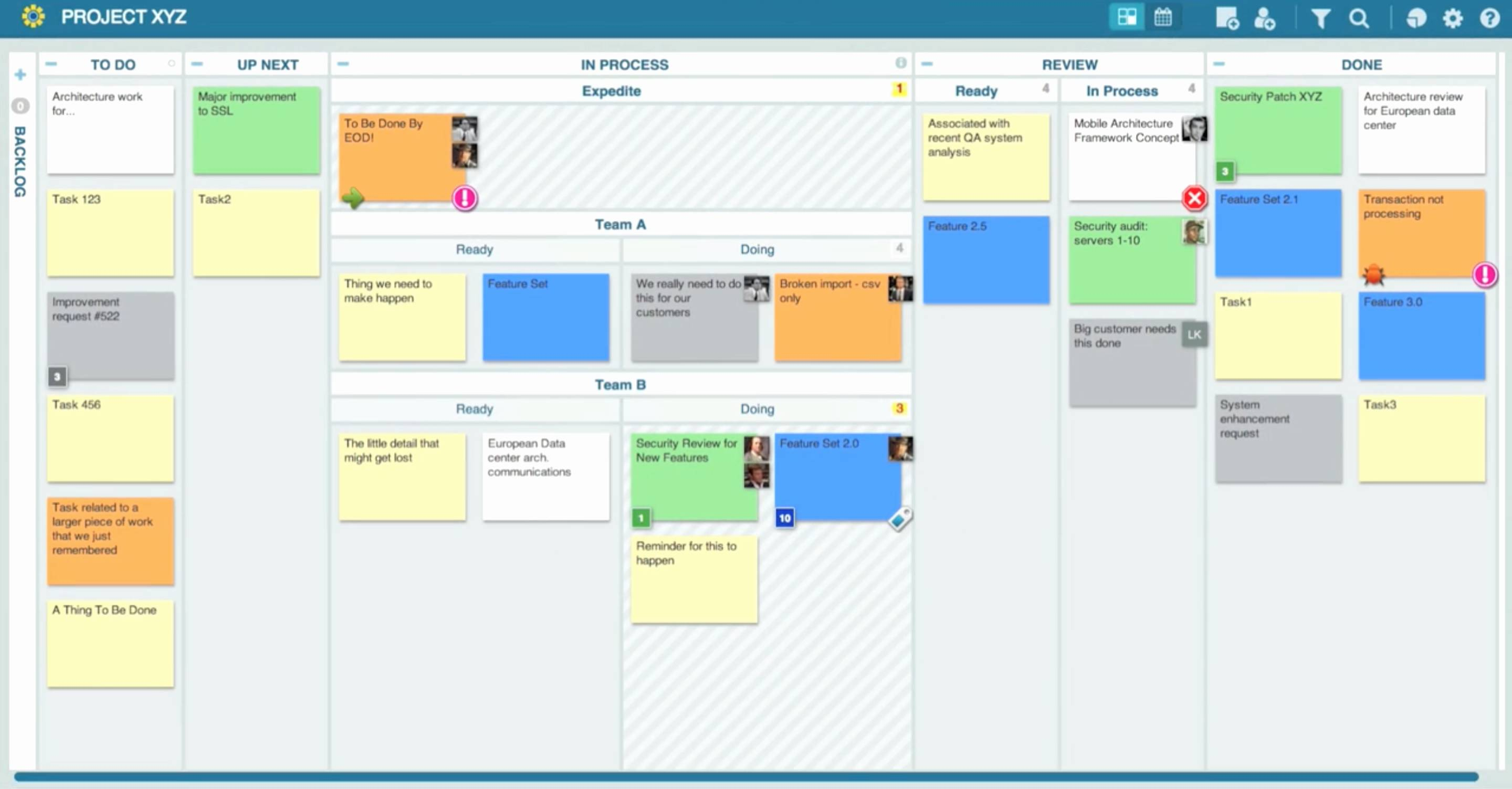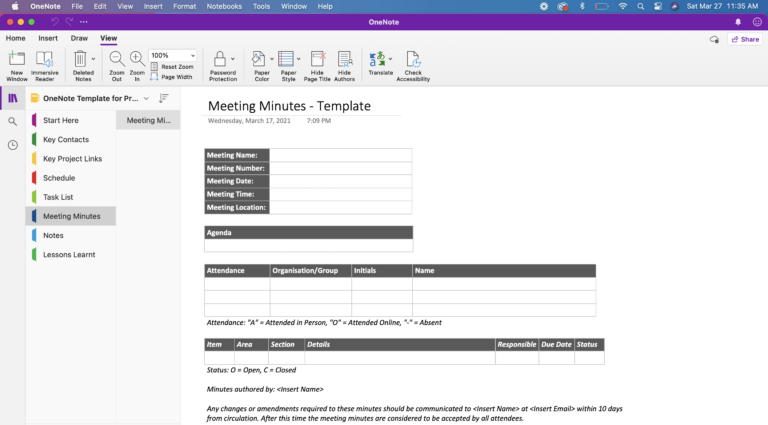
Other popular uses include helping employees with necessary but repetitive or mundane tasks (29%) and increasing employee well-being (26%).įigure A Survey results show workers believe AI would bring value to the workplace in these ways. The Work Trend Index report found business leaders are more likely to want to use AI to increase employee productivity (31%) rather than to reduce head count (16%) ( Figure A). How business leaders can prepare for using AIĮmployers could support, not lighten, their workforce with AI.AI could open up more focus time for workers.

 Employers could support, not lighten, their workforce with AI. The new version of Copilot includes some expanded capabilities geared toward enterprise, such as collaboration and idea generation in Whiteboard the image generator DALL-E and generative AI assistants for Outlook, OneNote and Viva Learning. The tech giant also announced its own AI-powered product, Microsoft 365 Copilot, will be available in an invitation-only paid preview program with a gradual rollout starting in May. Survey results indicated that jobs will change but not necessarily be replaced. Data was gathered between Februand March 14, 2023. For this report, Edelman Data x Intelligence, commissioned by Microsoft, surveyed 31,000 full-time employed or self-employed people in 31 countries and analyzed trillions of Microsoft 365 productivity signals across organizations, as well as labor trends from the LinkedIn Economic Graph. Will generative artificial intelligence replace jobs or enhance them? That’s the question Microsoft set out to answer in its Work Trend Index report.
Employers could support, not lighten, their workforce with AI. The new version of Copilot includes some expanded capabilities geared toward enterprise, such as collaboration and idea generation in Whiteboard the image generator DALL-E and generative AI assistants for Outlook, OneNote and Viva Learning. The tech giant also announced its own AI-powered product, Microsoft 365 Copilot, will be available in an invitation-only paid preview program with a gradual rollout starting in May. Survey results indicated that jobs will change but not necessarily be replaced. Data was gathered between Februand March 14, 2023. For this report, Edelman Data x Intelligence, commissioned by Microsoft, surveyed 31,000 full-time employed or self-employed people in 31 countries and analyzed trillions of Microsoft 365 productivity signals across organizations, as well as labor trends from the LinkedIn Economic Graph. Will generative artificial intelligence replace jobs or enhance them? That’s the question Microsoft set out to answer in its Work Trend Index report. 

But AI still needs human input and emotional intelligence. Microsoft Work Trend Index: AI will work alongside employeesĪrtificial intelligence could enhance, not replace, jobs, Microsoft says.








 0 kommentar(er)
0 kommentar(er)
